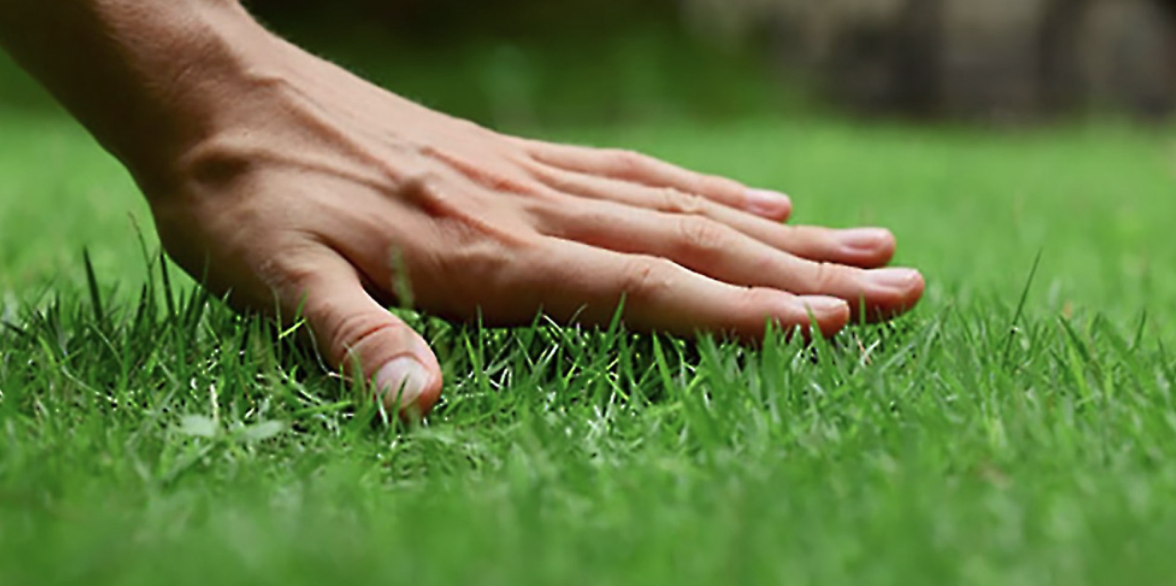Lawn Care Tips To Keep Your Home Looking Its Best
When it comes to lawn care, there are a lot of questions people want to be answered. Basic questions like how often to water and when to mow, to more complex ones about what the best fertilizer is. There are two main reasons why someone might ask these questions. One is because they just moved into a new place and need help getting it in tip-top shape. The other is because they want to make sure their lawn stays as healthy as possible year-round. You could write an article that addresses each question individually, but then you’d end up with a pretty long page of tips. If you are anywhere near Newcastle have a look at Professional Lawn Care Newcastle.
Lawn care is an essential part of daily life for many people. In fact, according to a 2011 survey done by the National Gardening Association, 42% of homeowners have a lawn, and 70% of those people are responsible for its upkeep.

1. Know Your Grass and Soil
Do a little research and see what weeds you have. Knowing more about your grass and soil type will help you fix the problem in the long run.
Clearly, there is a multitude of different climates throughout the United States. You should know which grasses are most effective in your particular climate. For example, St. Augustine is the best option if you live in the southeast. Conversely, if you’re located in the Northwest, Kentucky Bluegrass is the way to go.
So if your grass doesn’t look good no matter what you do, it could be because you don’t have the right grass for your area. Trust us – a little knowledge can help you take good care of your garden.
2. Sowing and monitoring
In any case, if you are starting from scratch, planting new grass seeds is your best and most affordable option for a healthy-looking garden.
Sowing seeds is a great way to grow lush and abundant grass. If you’re considering sowing seeds, we recommend researching seeding tips for your particular area. Figure out the best time of year to sow the grass in your area to give you the best chance of successful growth.
Monitoring
Even if you’re new to lawns, your newly purchased lawn may not actually be new. Maybe your new garden doesn’t need a complete overhaul, but just some tweaking. If you notice areas in your yard where the grass appears to be damaged, you may want to consider trying to monitor.
Monitoring is the process of adding new forage seeds to existing grass.
This technique is great for treating brown and thin areas and can make your lawn look bushy, healthy and growing.
It can also help enhance your weed’s ability to resist future damage from drought and other problems. Monitoring is most effective when combined with aeration.
3. Watering
However, if you are alone, there are a few things to consider before scheduling your sprinkler system installation.
Over-watering your lawn can be as unhealthy as under-watering – aim for a happy environment.
You want to create healthy roots in your garden, so watering must be deep and thorough. Ideally, your grass needs 1 inch to 1.5 inches of water per week and you want the water to seep into the soil by about 6 inches. Typically, this goal can be achieved by watering three times a week, about 1530 minutes per zone. However, depending on your location and the time of year, this will vary!
Lucky for you, there’s an old-fashioned test to see if you’re watering properly. If you can push a 6-inch screwdriver into the dirt without difficulty, your grass is getting enough water.
As a general rule, the best time to water your lawn is early in the morning before the temperatures warm up with the sun and cause the water to evaporate. Set your sprinklers between 5 am and 10 am.
Remember that you will need to adjust your watering according to the season. In the summer, your lawn will need more attention, but not as much as you might think. Adding ten minutes to your usual schedule will give your lawn all the water it needs.
Of course, in the spring, most areas get more rain, so you can take about ten minutes back from your normal watering schedule. In the fall and winter, your lawn still needs water, but as in spring, you can water it in about 10 minutes.
4. Sowing
Mowing your lawn as short as possible may seem like the fastest and easiest option for not having to mow as often, but it’s not in your lawn’s best interest. Cutting your lawn too short puts stress on your lawn and can negatively affect the health of your garden.
Set your mower blades to cut about 1/3 of the length of your lawn. For example, if your lawn is three inches tall, you need an inch cut for optimal garden health.
Another lawn mowing tip you should keep in mind: maintain your mower. Clean the undercarriage after each cut and keep the blade sharp. Dull blades can pull and tear your grass, producing sloppy results.
For more advice, check out our lawn mowing guide.
5. Fertilizer
If you are fertilizing your soil without professional help, we recommend choosing a granular product to simplify the process. Buy nutrient-rich products and always follow label directions.